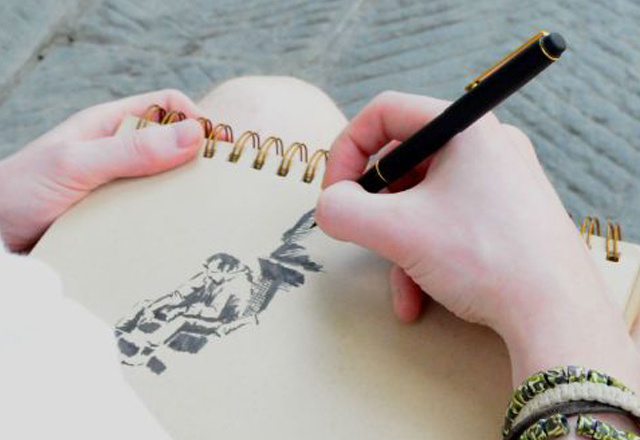
The Art of Observing, Creating, and Bringing Italy to Life
“Observe everything. Sketch everything you see.” — Leonardo da Vinci
At The Art of Loving Italy, we embrace all forms of artistic expression—from painting and sculpture to film and literature. Italy is a land where creativity flourishes, and no figure embodies this artistic spirit more than Leonardo da Vinci. His advice to artists remains timeless.
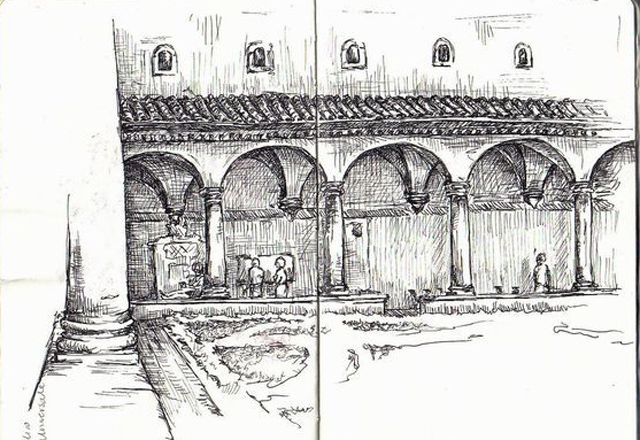
Leonardo da Vinci advice is timeless and for everyone
This wisdom is not just for painters or sculptors—it is for anyone who wishes to engage deeply with the world around them. Art, in all its forms, is about seeing. It is about slowing down, noticing the details, and capturing them—whether with a paintbrush, a pen, or even a camera. This is the foundation of creativity, and it is a philosophy I weave into my novel Dreaming Sophia, where Leonardo himself offers this very advice to my protagonist, Sophia.
Leonardo’s Lesson in Dreaming Sophia
In Dreaming Sophia, when Sophia meets Leonardo da Vinci in a dream, he urges her to truly look at the world around her—to see beyond the obvious and notice the small details that make life extraordinary. He tells her:
“An artist must begin by carefully studying all the inconsequential things around them—horses, gears, muscles, cats, dogs, noses, fingers, and toes. Look closely. Let nothing escape your inquisitive eye.”
This is the essence of artistic observation, and it applies not only to painting but also to writing, filmmaking, and storytelling. Like Sophia, I too have spent years sketching, journaling, and capturing the beauty of Italy—from the soaring arches of the Duomo to the intricate bronze door knockers of medieval palaces.
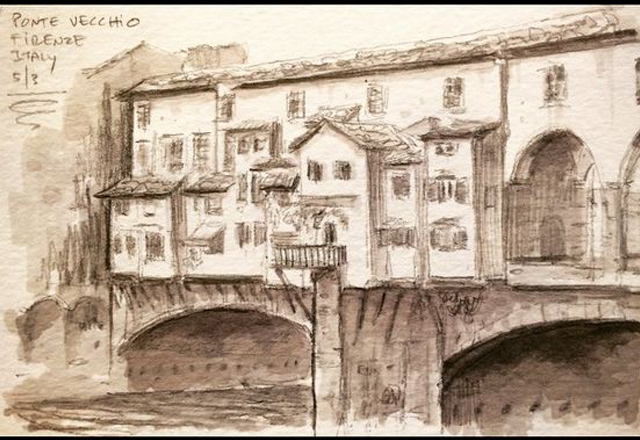
The Art of Observing: Finding Beauty in the Details
Creativity has always been part of my nature. As an artist and writer, I have always been fascinated by luscious colors, unusual textures, and quirky details—the elements that bring a scene, a painting, or even a novel to life.
When I studied art in Italy, I wandered through galleries and down cobblestone streets, my eyes constantly drawn to the unexpected beauty of everyday life. Like Sophia in Dreaming Sophia, I carried a sketchbook, always ready to capture a fleeting moment—a fountain sculpted by Bernini, the dramatic shadows in a Caravaggio painting, or the serene expression of a Madonna painted by Michelangelo.
Often, as I sketched, people would glance over my shoulder and sigh, saying: “I wish I could draw too.”
But the truth is, anyone can learn to see like an artist. It’s not just about talent—it’s about practice, patience, and the willingness to look at the world differently.
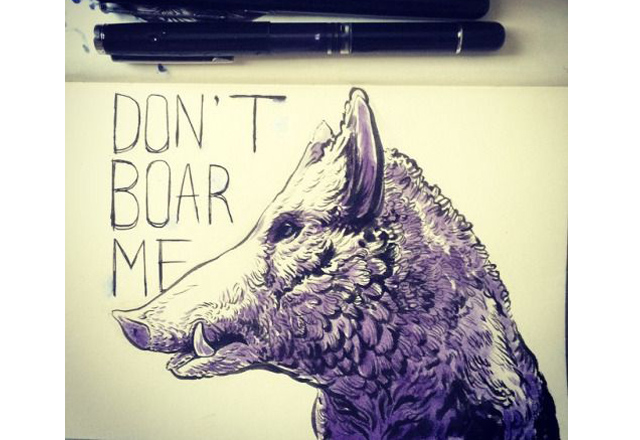
Creativity is in Everyone—The Art of Seeing
What makes someone truly an artist is not just the ability to draw—it is the ability to see. To notice the way the late afternoon light filters through leaves, the deep purple of approaching storm clouds, or the way a pearl necklace catches the light on a woman’s neck.
Artists—whether painters, writers, or filmmakers—are storytellers. They capture moments, emotions, and beauty in ways that allow others to see the world with fresh eyes.
This is why, as I wrote Dreaming Sophia, I found myself revisiting my old sketchbooks and journals—just like Sophia does in the novel. I was inspired to reconnect with my own artistic roots, sketching Michelangelo’s Medici Tomb and revisiting the drawings I had made while studying in Florence.
Now, I invite you to take a look inside Sophia’s imaginary sketchbook, a collection of drawings by young artists in Florence that reflect Leonardo’s timeless advice:
“Sketch everything you see!”
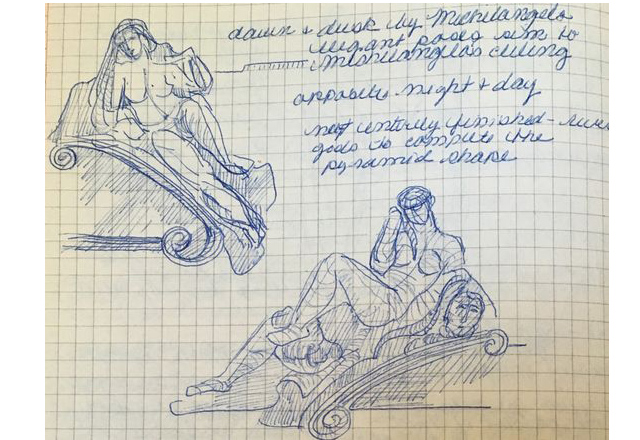
Bringing Leonardo’s Advice to Life—In Books, Film, and Art
Leonardo da Vinci’s philosophy of observation applies not just to painting but to all forms of art—including literature and cinema. Like filmmakers who capture stunning visual compositions, writers also paint pictures with words, immersing readers in the world they create.
This is the essence of The Art of Loving Italy—to celebrate all creative expressions. Whether it’s through a book like Dreaming Sophia, an Italian film, or a breathtaking fresco, art has the power to make our lives richer, more beautiful, and more meaningful.
So, take Leonardo’s advice to heart—slow down, observe, and sketch (or write, or film) everything you see!
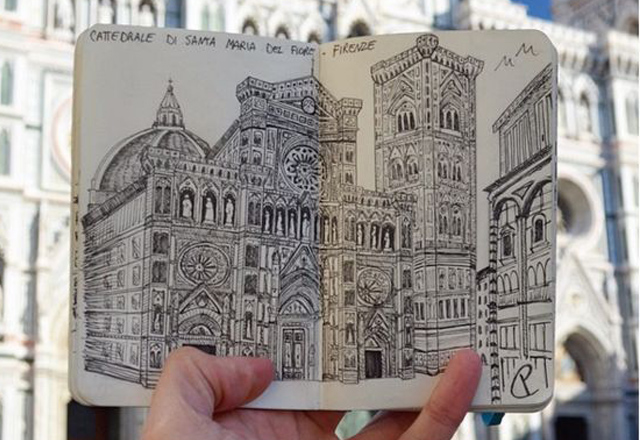
Photo Credit: Pietro Cataudella
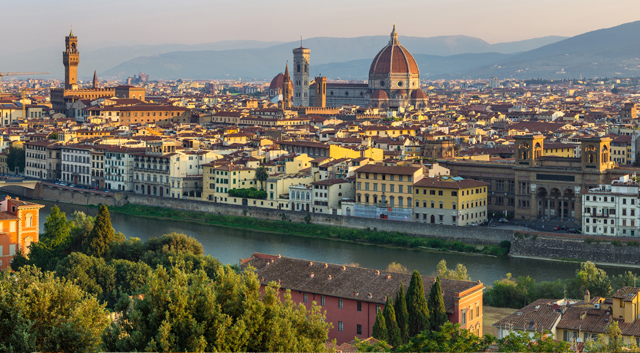
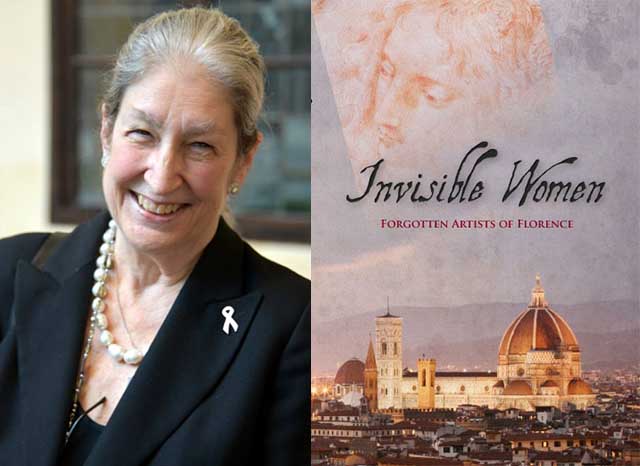
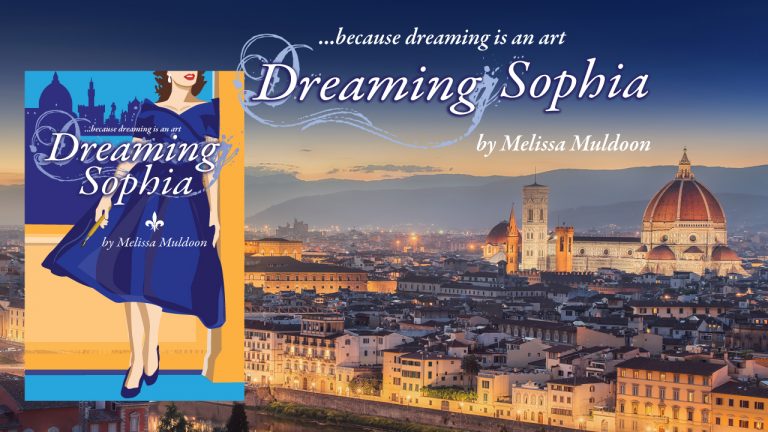
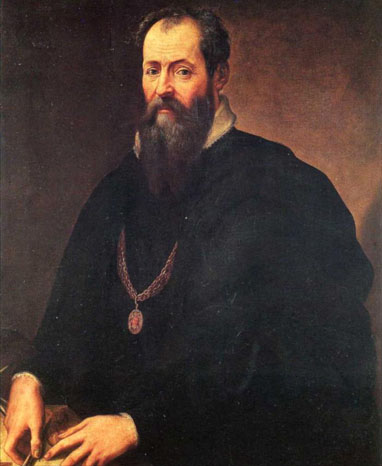
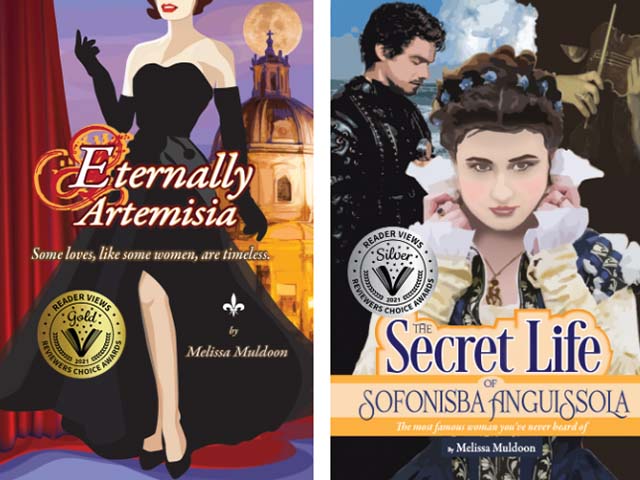
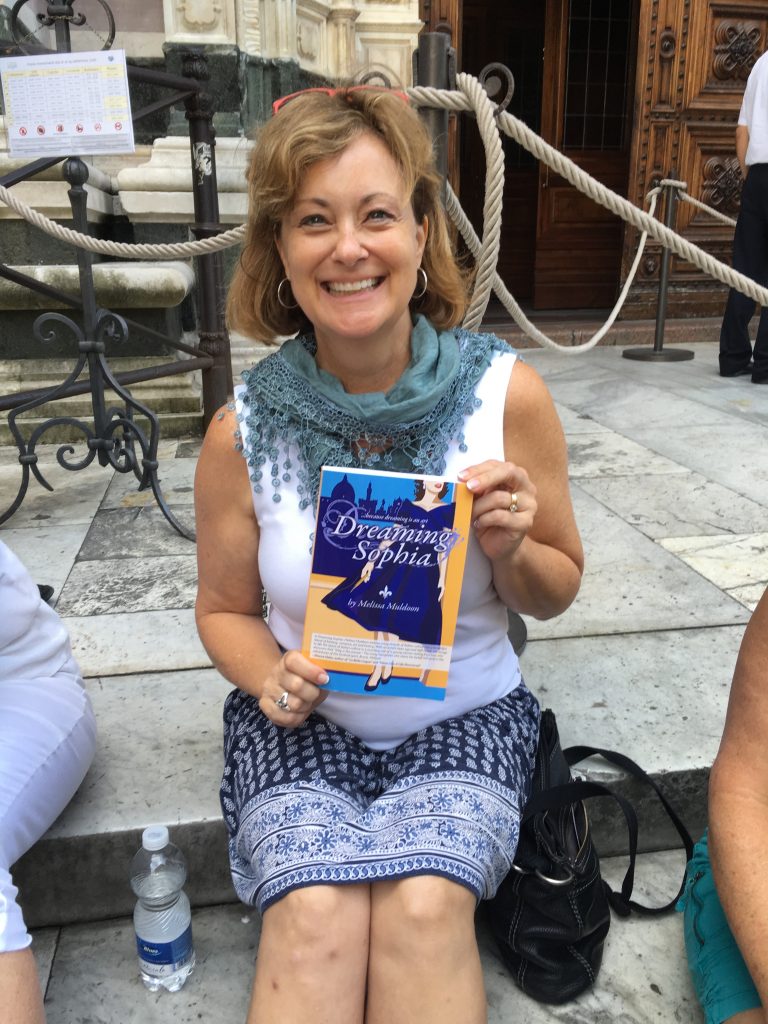
One Comment